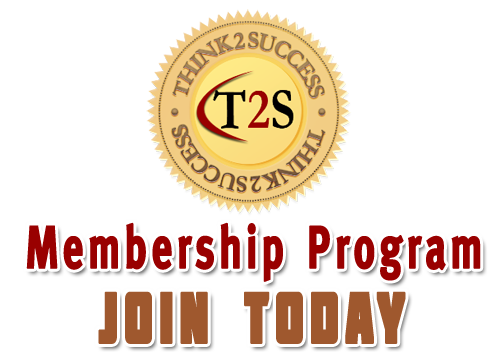

Get Investment Using Irresistible Value Propositions
According to a 2011 Robert Half Management Resources study, Chief Financial Officers (CFOs) indicate Human Resources (HR) ranked second only to Operations in requiring their involvement. Their high level of interest in HR means there is a high degree of justification needed to obtain approval for investing in human capital. Whenever I facilitate two very popular American Society for Training and Development (ASTD) certificate programs (Creating Leadership Development Programs and Consulting Skills for Trainers), creating an effective value proposition for training programs and initiatives is consistently the most challenging task for training and HR professionals. So how do you develop an irresistible value proposition that compels CFOs and decision makers to invest in your initiatives? You can do so by following a simple, four step process.
Start with Identifying the Key Business Drivers
Every organization measures progress against critical drivers of the business, so the first step in creating an irresistible value proposition is to identify these. They are discussed and reviewed frequently in various reports such as balanced scorecards and operational and sales reports. During the first day of ASTD’s Creating Leadership Development Programs certificate course, I spend a great deal of time helping attendees identify the key drivers in their organization. Once identified, you’ve overcome the first obstacle in formulating an effective value proposition.
Target the Gap(s) Between the Status Quo and Desired State of Performance
Where there is performance gap compared to goal, there is an opportunity to create an irresistible value proposition. In the Robert Half Management survey of CFOs, staff morale and motivation was ranked as the third greatest concern behind healthcare costs and controlling spending and improving profitability. The larger the gap in actual vs. desired performance in critical drivers or metrics, the greater the chance to compel movement from the status quo. In the current economy, gaps in key metrics such as sales, revenue, recruiting, retention, customer satisfaction, and operational efficiency are easy to spot. The key is to tie your programs and initiatives to one of the key metrics that you can help improve.
Sell the Movement
People will not invest in change unless you create a significantly better future than the status quo. This also means people will continue to accept the pains associated with the current state if they feel your programs or initiatives will add complexity and / or more work to their already overflowing plates. You must effectively sell the movement, and to do that, simply use an action verb. Tony Bingham, CEO of ASTD, always says training should do one of two things and preferably both – it should help to increase revenue and / or decrease cost. Using action verbs such as increase, decrease, maximize, minimize, cut, save,etc. are great ways to sell the movement.
Answer Two Key Questions
The final step to creating an irresistible value proposition is composed of answering these two critical questions: By how much? By when? It can be uncomfortable to predict the amount of change and the time it will take to achieve it, but by answering these two questions, you significantly strengthen your value proposition.
The Irresistible Value Proposition Formula
The process I’ve described above can be succinctly shown in a formula. I’ve modified the excellent formula Jill Konrath presented in her best-selling book SNAP Selling by adding the timeline component.
Value Proposition = Business Driver + Movement + Metric + Timeline
Here is an example of the components that we will use to develop a value proposition:
Business Driver: Employee Retention
Performance Gap: Budgeted Voluntary Turnover = 10%, Actual Voluntary Turnover = 20%
Movement: Decrease
Metric: By how much? 25%
Timeline: By when? Within 6 months
Example of the Value Proposition: By investing in our employee engagement sustainability process, your organization will be able to decrease voluntary turnover by 25% in the first six months. This will create a savings of $X (plug in the number for X).
Crafting great value propositions is easy if you can offer solutions to the organization’s most critical areas of performance that are not meeting expectations. Use these four steps to craft solutions that will compel decision makers to take action towards the future, desired state of performance.
If you are a manager seeking to significantly improve your team’s ability to connect your management and leadership development initiatives to critical organizational drivers, email me today at info@ictscorp.com. Also subscribe to this blog as I regularly publish proven, easy-to-apply tips and techniques for transforming your training program into a major powerhouse contributor to organizational success.


